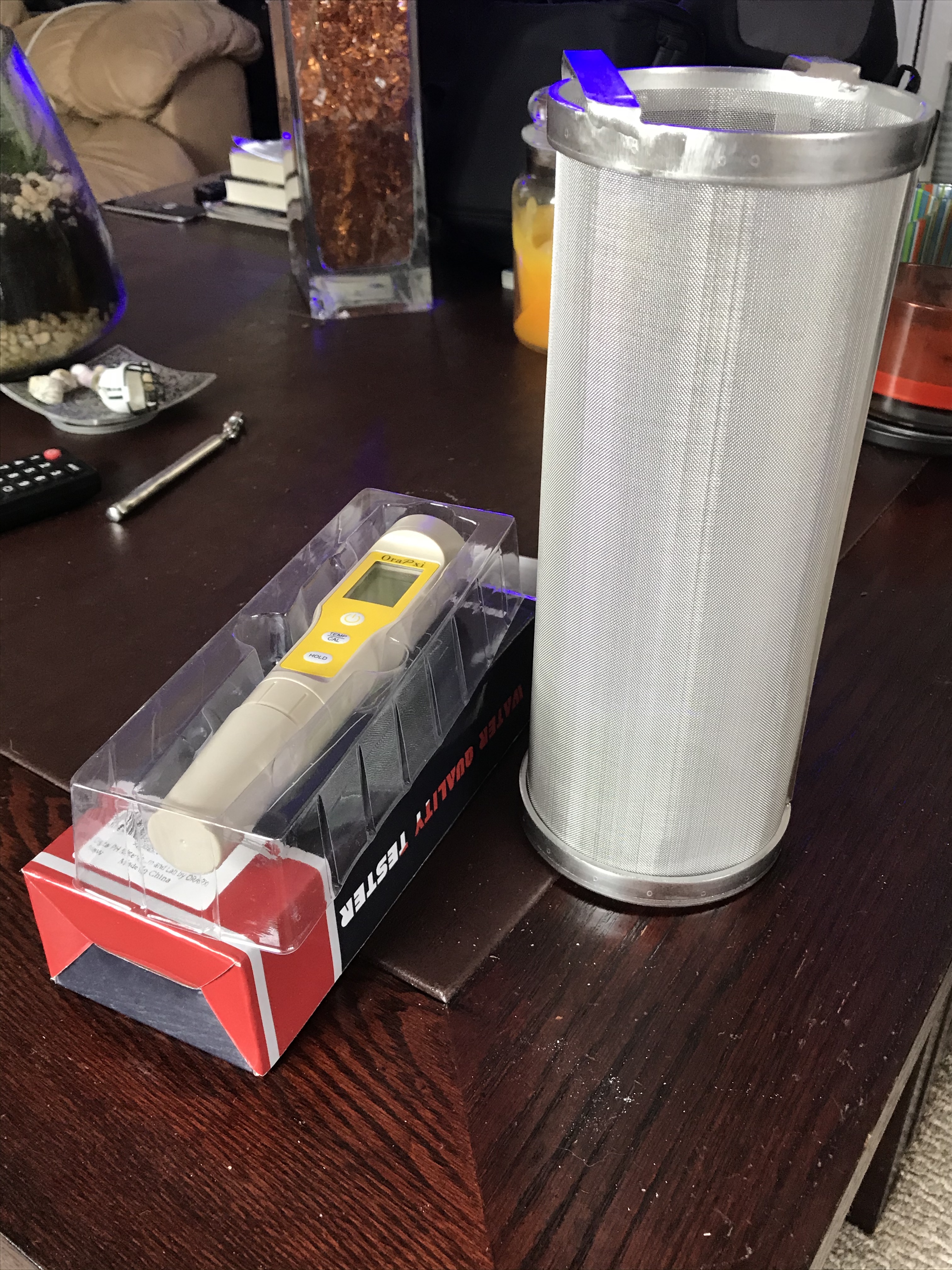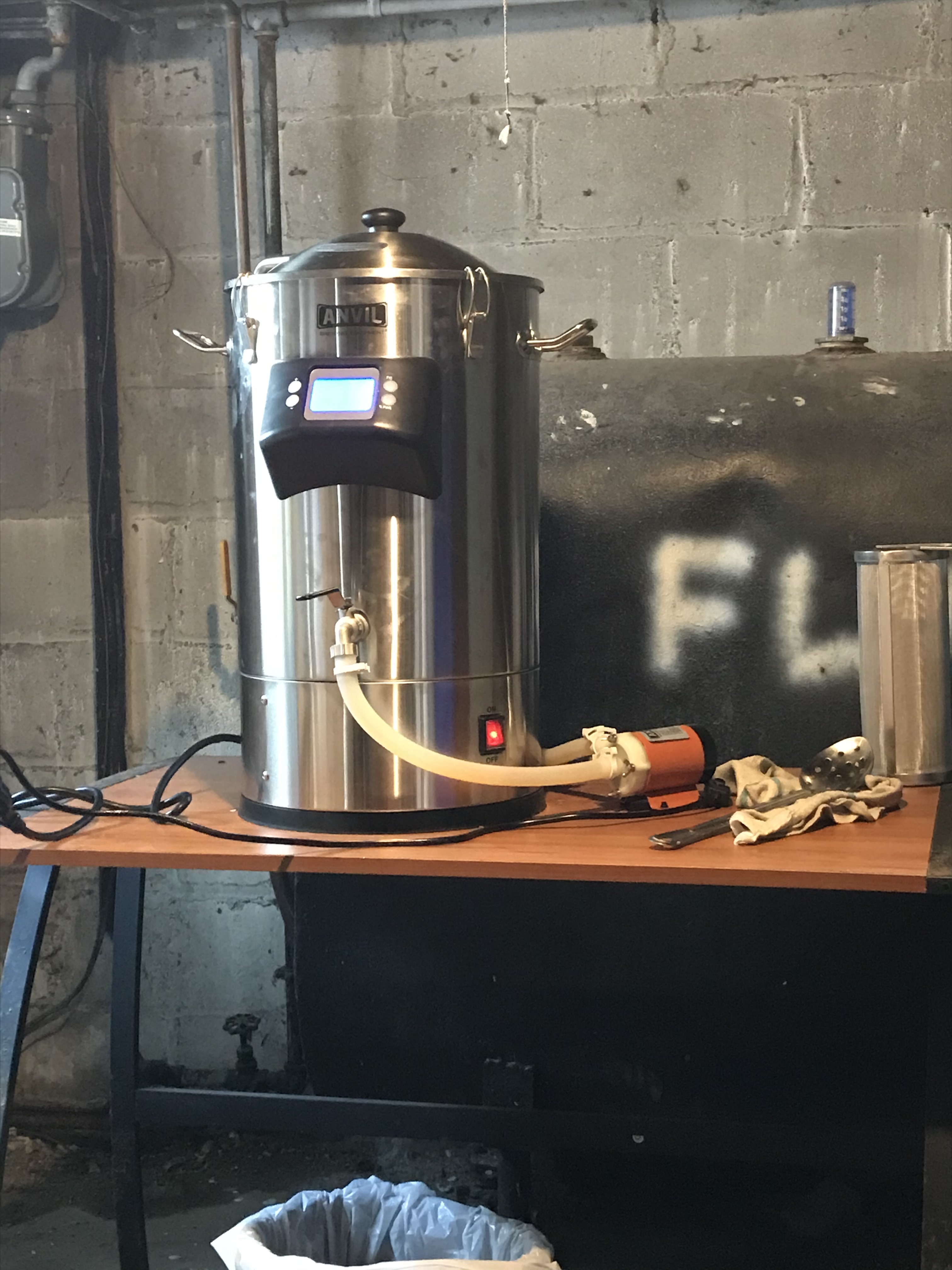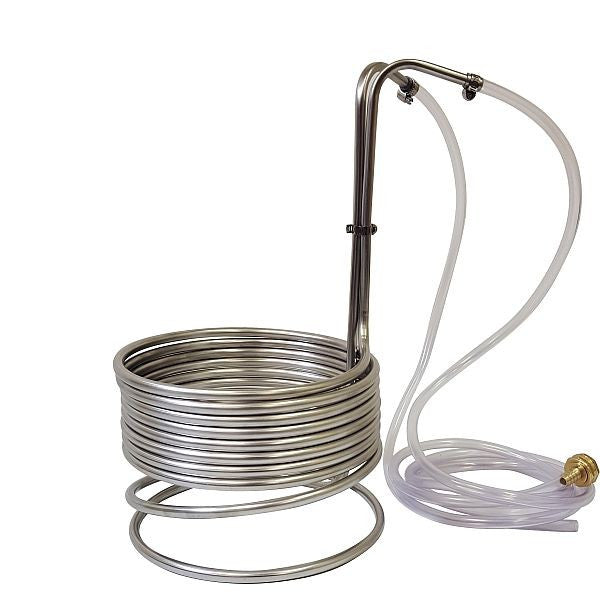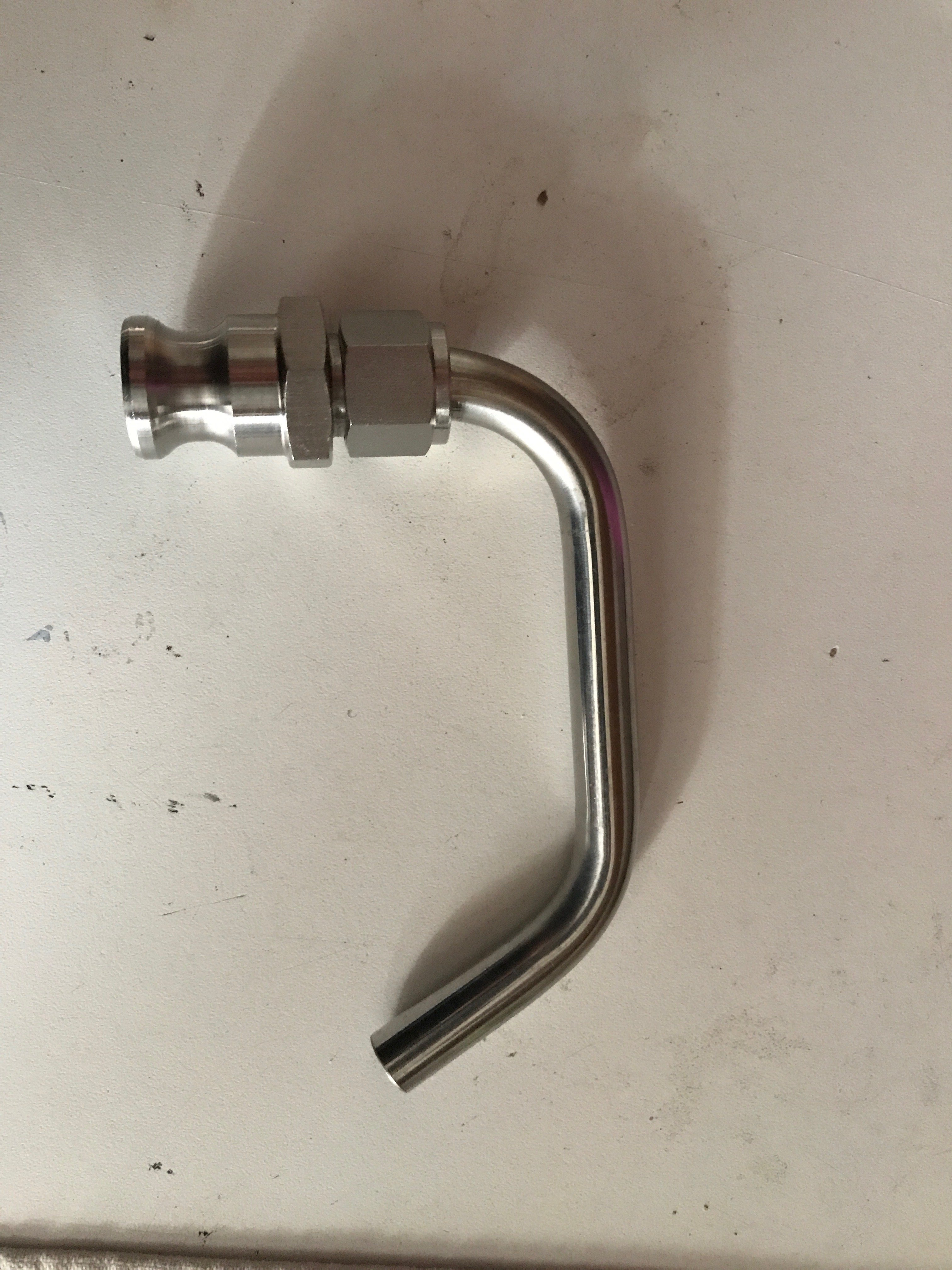Got around to that brew. A few thoughts
MASH TEMP. Firstly I forgot to turn off the heater or lower the temp as I doughed in at 158° with the temp on for the first half of the grain, when I looked it was still at 158°. I reduced the tempo to 151° but it took about 10 minutes to drop. At 100% power it did overshoot to 153°. I believe that affected the conversion as I was expecting a gravity of 1.044 and got 1.040. I mashed out at 170° for 10 min. No sparge.
BOIL. I ramped up to 100% to start the boil, I got a rolling boil at 206 hmmm, I reduced to 60% but thought the boil was weak. I upped it to 70° and turned the recirculation pump back on for a slow flow into the hop spider.
I was expecting a post boil volume if 3.21 gals and ended up with 2.9 g and post boil gravity of 1.053 but measured 1.048.
I also was expecting 2.75 gal into the fermentor and ended up with 2.25 (I added water to bring it to 2.5gal).
CHILLER: I can fix the above. What I can't fix is the design of the stainless steel chiller. It does not fit in the kettle. With the 90° bends, only half the chiller submerges into the wort. If you put it in at an angle, you get about 3/4 submerged but the hoses pinch against the side and thus creating back pressure causing leaks.
The stainless steel does not bend like copper. Until I can find a way to bend the chiller, I will be using my DIY copper chiller. It's disappointing.
BASKET SUPPORT RING. A bit of a PITA but I am confident I'll get better at not knocking it loose.
To recap:
1. As said, use water volume to calculate strike temp and use my own thermometer to confirm the the temp (of course stir the water to first to avoid thermo-climbs) . And don't forget to lower the temp setting before adding the grains.
2. Boil at 100% and change BeerSmith for 1 gal/hr evaporation.
3. Use my own chiller, until I can bend the anvil chiller to properly fit inside the foundry.
Overall, I liked the experience and was expecting to misstep here and there and discover real life nuances. My expectations were not far off and while I missed my numbers, I think the beer will be just fine.
It may take a few brews to nail down the boil volume and I think the strike.mash temp will be an easy fix.
Clean up was a breeze. It was a pleasure to sit the mash basket aside in a bucket to cool and collect the last drops of wort to add back into the boil.
So my pale ale may not be as dry as I intended, but it's in the fermentor and will be dry hopping next week,.
My brew area in the basement.
This chiller, this is unacceptable. I was, however, able to cool down to 81° in a reasonable time. I think I will put this is an ice bath and then connect it to my DIY copper chiller. Two chillers. One to lower the tap water temp and the second to cool the wort fast. All it will take is a few connections.








![Craft A Brew - Safale BE-256 Yeast - Fermentis - Belgian Ale Dry Yeast - For Belgian & Strong Ales - Ingredients for Home Brewing - Beer Making Supplies - [3 Pack]](https://m.media-amazon.com/images/I/51bcKEwQmWL._SL500_.jpg)
























































